Home>diy>Building & Construction>How Many Rooms Are In An Apartment Building
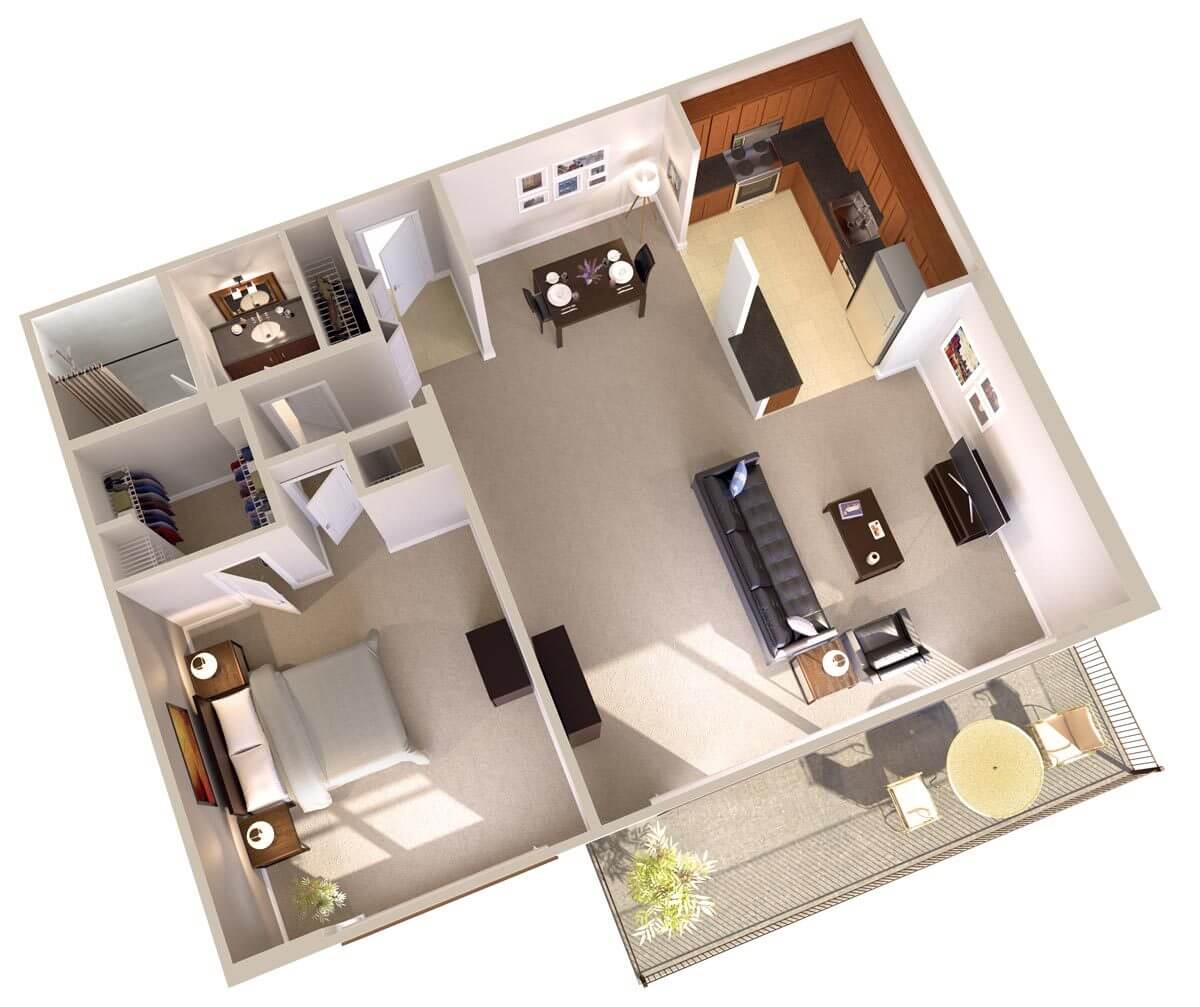

Building & Construction
How Many Rooms Are In An Apartment Building
Modified: May 6, 2024
Discover how many rooms are typically found in an apartment building during the building construction process. Gain insights into the room distribution and floor plan designs.
(Many of the links in this article redirect to a specific reviewed product. Your purchase of these products through affiliate links helps to generate commission for Storables.com, at no extra cost. Learn more)
Introduction
A building’s construction involves numerous factors that affect its overall design and layout. Whether it’s a residential complex, commercial property, or mixed-use development, understanding the fundamental aspects of building construction is essential to ensure a successful and functional project.
In the context of residential buildings, one crucial aspect that is often considered by both buyers and investors is the number of rooms. The number of rooms in an apartment building can vary significantly based on factors such as the building’s size, location, purpose, and target market.
In this article, we will delve into the factors that affect the number of rooms in an apartment building. We will explore how to calculate the number of rooms, discuss the different types of rooms typically found in apartment buildings, look at common layouts, analyze the average number of rooms in different apartment sizes, and even provide a case study to illustrate a real-life example.
Whether you are planning to invest in an apartment building, considering a career in real estate development, or simply have a curiosity about building construction, this article will guide you through the intricacies of determining the number of rooms in an apartment building.
Key Takeaways:
- Understanding the number of rooms in an apartment building is crucial for buyers and developers, influenced by factors like building size, local codes, and market demand. Careful consideration and exploration of different layouts are essential for finding the perfect apartment.
- The Riverside Towers case study demonstrates how apartment buildings offer a diverse range of unit sizes and room configurations to cater to various residents’ needs and preferences. Each building is unique, requiring careful exploration of available options.
Read more: How Many Units Are In An Apartment Building
Factors Affecting the Number of Rooms
When it comes to determining the number of rooms in an apartment building, various factors come into play. These factors can significantly impact the layout and design of the building, ultimately influencing the number of rooms available.
1. Size of the Building: The size of the apartment building is a crucial factor in determining the number of rooms it can accommodate. Larger buildings typically have more space, allowing for a greater number of rooms.
2. Local Building Codes: Building codes and regulations vary from one location to another. These regulations often specify the minimum room size requirements, ceiling height, and other factors that affect the number of rooms an apartment building can have.
3. Purpose and Target Market: The purpose and target market of the apartment building also play a role in determining the number of rooms. For example, a building primarily aimed at families may have more bedrooms, while a building focused on young professionals may include more studio or one-bedroom units.
4. Amenities and Common Spaces: The inclusion of amenities and common spaces within the building can reduce the number of rooms available. Features such as a gym, rooftop terrace, or communal area can take up valuable space and, subsequently, reduce the number of individual units.
5. Architectural Constraints: The architectural design of the building, including the structural layout, ventilation, and plumbing systems, can impose constraints on the number of rooms. The presence of load-bearing walls, plumbing stacks, or mechanical systems can limit the configuration of the rooms.
6. Market Demand and Financial Feasibility: Ultimately, the number of rooms in an apartment building is also influenced by market demand and financial feasibility. Developers and investors consider market trends, demand for particular unit sizes, and the profitability of the project when determining the number of rooms in the building.
It’s important to note that these factors interact with one another, and decisions regarding the number of rooms in an apartment building are often the result of a careful balance between structural feasibility, market demand, and financial considerations.
Calculating the Number of Rooms
Calculating the number of rooms in an apartment building requires careful consideration of the building’s layout and design. Here are some steps to help determine the total number of rooms:
1. Determine the Unit Types: Start by identifying the different types of units within the building, such as studios, one-bedroom apartments, two-bedroom apartments, and so on. Each unit type will have a specific number of rooms.
2. Count the Bedrooms: For each unit type, count the number of bedrooms. Bedrooms are typically considered separate rooms, and their count contributes significantly to the overall number of rooms in the building.
3. Consider Other Rooms: In addition to bedrooms, take into account other rooms that are typically found in apartments, such as living rooms, kitchens, dining areas, bathrooms, and utility rooms. These rooms may vary in size and configuration based on the unit type.
4. Account for Common Spaces: If the apartment building includes common spaces like lobbies, hallways, laundry rooms, or storage areas, determine whether these spaces should be counted as rooms. While they do not function as individual units, they do occupy space within the building and can impact the overall room count.
5. Adjust for Multi-Purpose Areas: Some apartment buildings may have multi-purpose areas within individual units. For example, a den or flex space that can be used as a bedroom or study. Determine whether these areas should be counted as separate rooms or if they can be considered part of another room.
6. Incorporate Special Rooms: Depending on the building’s design and target market, there may be rooms with specific purposes, such as home offices, balconies, or storage rooms. Consider whether these rooms should be included in the total room count.
By following these steps and carefully assessing the layout and design of the building, you can accurately calculate the number of rooms in an apartment building. It is crucial to refer to local building codes and regulations to ensure compliance and accuracy in the calculation process.
Remember that the number of rooms can vary based on the specific requirements of the project, market demand, and other factors mentioned earlier. It is essential to consider these aspects when determining the number of rooms in an apartment building.
Types of Rooms in an Apartment Building
An apartment building typically consists of various types of rooms that cater to different functions and lifestyle needs. Understanding these room types can help in planning and designing the layout of the building. Here are some common types of rooms found in an apartment building:
1. Bedrooms: Bedrooms are private spaces primarily used for sleeping. They typically have a bed, wardrobe, and sometimes additional furniture like a desk or chair. The number of bedrooms in an apartment can vary based on the unit size, with studios usually having one main living and sleeping area, while larger units can have multiple bedrooms.
2. Living Rooms: The living room is a shared space where residents can relax, entertain guests, and engage in various activities. It usually includes comfortable seating, such as sofas and chairs, along with a coffee table, TV, and other forms of entertainment. The size of the living room can range from compact in studio apartments to more spacious in larger units.
3. Kitchen and Dining Areas: The kitchen is where residents can prepare meals and store food. It typically includes appliances like a refrigerator, stove, and sink, along with cabinets for storage. Adjacent to the kitchen, there is often a dining area that can accommodate a table and chairs for residents to enjoy their meals.
4. Bathrooms: Bathrooms are essential rooms in any apartment. They typically include a toilet, sink, and bathtub or shower. The number of bathrooms in an apartment can vary based on the unit size and the preferences of the residents. Larger units or units with multiple bedrooms often have multiple bathrooms to accommodate the needs of the occupants.
5. Utility Rooms: Utility rooms are multipurpose spaces primarily used for storage and housing mechanical systems, such as HVAC units, water heaters, or laundry facilities. They provide a designated space to keep cleaning supplies, laundry machines, and other household items.
6. Home Offices: With the rise of remote work and telecommuting, many apartment buildings now include dedicated spaces for home offices. These rooms provide privacy and an appropriate working environment, allowing residents to comfortably work from home.
In addition to these main room types, apartment buildings may also include other specialized areas such as balconies, terraces, storage rooms, or walk-in closets. These additional spaces enhance the overall functionality and appeal of the apartment units.
The specific combination of room types in an apartment building can vary based on factors such as unit size, market demand, and the target demographic. Developers and architects carefully consider these factors to create a well-balanced layout that addresses the diverse needs of residents.
When counting the number of rooms in an apartment building, be sure to include all individual units as well as common areas such as lobbies, laundry rooms, and storage spaces.
Common Layouts in Apartment Buildings
Apartment buildings are designed with various layouts to accommodate different needs and preferences. The layout of an apartment not only influences the functionality of the space but also determines how the rooms are organized within the unit. Here are some common layouts found in apartment buildings:
1. Studio Apartment: A studio apartment is a compact unit typically consisting of a single room that serves as both a living area and a bedroom. The kitchen and bathroom are separate, while the remaining space is open and versatile, allowing residents to customize it based on their needs.
2. One-Bedroom Apartment: A one-bedroom apartment usually features a separate bedroom, a living room, a kitchen, and a bathroom. The bedroom offers privacy and can accommodate a larger bed and additional furniture, while the living room provides space for relaxation and socializing.
3. Two-Bedroom Apartment: In a two-bedroom apartment, there are two separate bedrooms, a living room, a kitchen, and a bathroom. This layout is suitable for small families or individuals who require an extra room for a home office or guest accommodation.
4. Open-Concept Layout: An open-concept layout eliminates walls between the living room, dining area, and kitchen, creating a seamless and spacious environment. This design promotes natural light flow and encourages interaction and connectivity among residents.
5. Duplex or Triplex Layout: Duplex or triplex apartments consist of multiple levels, offering separate living spaces on each floor. These layouts provide more privacy, as well as the feeling of living in a house, while still being part of an apartment building.
6. Loft Apartment: Loft apartments have become popular for their industrial-chic aesthetic and open floor plans. These units feature high ceilings, exposed brick or pipes, and large windows, often with mezzanine levels for additional living or sleeping areas.
7. Townhouse Style: Some apartment buildings offer townhouse-style layouts, either as individual units or as a series of interconnected units. These layouts mimic the design and layout of traditional townhouses, providing residents with more privacy and a sense of ownership.
It’s important to note that the availability of different layouts may vary depending on the design and size of the apartment building, as well as the preferences of the developer and target market. Developers often strive to offer a range of layouts to cater to diverse lifestyles and accommodate various needs and preferences.
When choosing an apartment, consider your lifestyle, space requirements, and personal preferences to find a layout that best suits your needs. The layout of an apartment greatly impacts the functionality of the space and can greatly enhance your overall living experience.
Read more: How To Value Apartment Building
Average Number of Rooms in Different Apartment Sizes
The number of rooms in an apartment can vary based on its size, as different sizes cater to different needs and lifestyles. Here are the average numbers of rooms typically found in different apartment sizes:
1. Studio Apartments: Studio apartments are typically small and feature an open layout. They consist of a single room that serves as both the living and sleeping area, along with a separate bathroom and kitchen. The average studio apartment usually has a total of one room.
2. One-Bedroom Apartments: One-bedroom apartments are slightly larger and offer more living space. They typically have a separate bedroom, a living room, a kitchen, and a bathroom. The average one-bedroom apartment has a total of three rooms.
3. Two-Bedroom Apartments: Two-bedroom apartments are larger and designed to accommodate small families or individuals who require extra space. They have two separate bedrooms, a living room, a kitchen, and one or two bathrooms. The average two-bedroom apartment has a total of four to five rooms.
4. Three-Bedroom Apartments: Three-bedroom apartments are spacious and suitable for larger families or individuals in need of additional living and sleeping space. They have three separate bedrooms, a living room, a kitchen, and two or more bathrooms. The average three-bedroom apartment has a total of five to six rooms.
5. Penthouse or Luxury Apartments: Penthouse or luxury apartments are known for their expansive size and luxurious features. They often feature multiple bedrooms, spacious living areas, separate dining rooms, upscale kitchens, and multiple bathrooms. The average number of rooms in a penthouse or luxury apartment can vary significantly but typically ranges from six rooms onwards.
It’s important to note that the average number of rooms mentioned above is a general guideline and can vary depending on various factors such as location, architectural design, and specific market demand. Developers may offer different variations of apartment sizes within each category, allowing residents to choose the layout that best suits their needs.
When looking for an apartment, consider your living requirements, lifestyle, and future plans to determine the ideal apartment size and number of rooms that will accommodate your needs comfortably.
Case Study: Number of Rooms in a Specific Apartment Building
Let’s take a closer look at a specific apartment building to understand how the number of rooms can vary based on the building’s design and layout.
Building Name: Riverside Towers
Location: City Center, Anytown
Number of Floors: 15
Number of Units: 60
The Riverside Towers is a modern apartment building located in the bustling City Center of Anytown. The building offers a mix of studio, one-bedroom, and two-bedroom units, catering to a diverse range of residents.
1. Studio Apartments: The Riverside Towers has a total of 20 studio apartments, strategically located on the lower floors of the building. Each studio apartment features an open layout, consisting of a combined living and sleeping area, a separate kitchen, and a bathroom. These units have an average size of 400 square feet, with a total of one room each.
2. One-Bedroom Apartments: The building offers 30 one-bedroom apartments, spread across multiple floors. Each one-bedroom unit includes a separate bedroom, a cozy living room, a well-equipped kitchen, and a bathroom. These apartments have an average size of 600 square feet, with a total of three rooms each.
3. Two-Bedroom Apartments: To cater to residents with larger families or individuals in need of additional space, the Riverside Towers provides 10 two-bedroom apartments. These spacious units consist of two separate bedrooms, a generous living room, a fully-equipped kitchen, and two bathrooms. The average size of the two-bedroom units is 900 square feet, with a total of five rooms each.
In addition to the individual unit layouts, the Riverside Towers also offers common spaces for the residents to enjoy. These spaces include a welcoming lobby, well-maintained hallways, a rooftop terrace with panoramic city views, and a fitness center.
It’s important to note that the number of rooms in the Riverside Towers is based on the specific design and layout of the building. The developers carefully considered the market demand, target demographic, and available space in creating a well-balanced mix of unit sizes and room configurations.
Residents of the Riverside Towers can choose an apartment that suits their specific needs and lifestyle preferences. Whether it’s a compact studio for a young professional, a cozy one-bedroom for a couple, or a spacious two-bedroom for a growing family, the building offers a range of options to accommodate various living requirements.
This case study demonstrates how apartment buildings can provide a variety of unit sizes and room configurations to cater to a diverse range of residents, ensuring that everyone can find an apartment that meets their needs comfortably.
Conclusion
Understanding the number of rooms in an apartment building is crucial for both buyers and developers. Numerous factors influence the number of rooms, including the building’s size, local building codes, target market, amenities, architectural constraints, and market demand.
Calculating the number of rooms requires careful consideration of the unit types, counting bedrooms, and taking into account other rooms like living rooms, kitchens, dining areas, bathrooms, and utility rooms. It’s also important to adjust for multi-purpose areas and incorporate any special rooms or additional spaces within the building.
Common room types in an apartment building include bedrooms, living rooms, kitchens, bathrooms, utility rooms, and home offices. These rooms cater to various functions and lifestyle needs, providing residents with comfortable and functional living spaces.
The layout of an apartment building greatly impacts the organization and functionality of the space. Common layouts include studio apartments, one-bedroom apartments, two-bedroom apartments, open-concept designs, duplex or triplex layouts, loft apartments, and townhouse-style arrangements. Each layout offers its own advantages and caters to different preferences and requirements.
The average number of rooms in different apartment sizes varies. Studio apartments typically have one room, one-bedroom apartments average three rooms, two-bedroom apartments average four to five rooms, and three-bedroom apartments range from five to six rooms. Luxury apartments or penthouses can have six rooms or more.
Finally, this article provided a case study of the Riverside Towers, showcasing how a specific apartment building offers a mix of studio, one-bedroom, and two-bedroom units with varying numbers of rooms. The building’s design, layout, and available common spaces cater to a diverse range of residents’ needs and preferences.
When searching for an apartment, carefully consider your lifestyle, space requirements, and future plans. By understanding the factors influencing the number of rooms and exploring different layouts, you can find an apartment that perfectly suits your needs and enhances your living experience.
Remember that each apartment building is unique, and it’s essential to consult with developers, real estate agents, or architects to explore the specific details and options available in your desired location.
Curious about every nook in your home? Dive deeper into specific spaces with intriguing reads on our site. Ever wondered about the heart of social gatherings? Our article about living rooms delves into why this area is central to home life. Similarly, for those baffling piles of clothes, check out our guide on laundry rooms, where cleanliness meets convenience. Not to overlook, our feature on affordable Japanese soaking tubs offers a splash of luxury for any bathroom, proving relaxation doesn't have to break the bank.
Frequently Asked Questions about How Many Rooms Are In An Apartment Building
Was this page helpful?
At Storables.com, we guarantee accurate and reliable information. Our content, validated by Expert Board Contributors, is crafted following stringent Editorial Policies. We're committed to providing you with well-researched, expert-backed insights for all your informational needs.
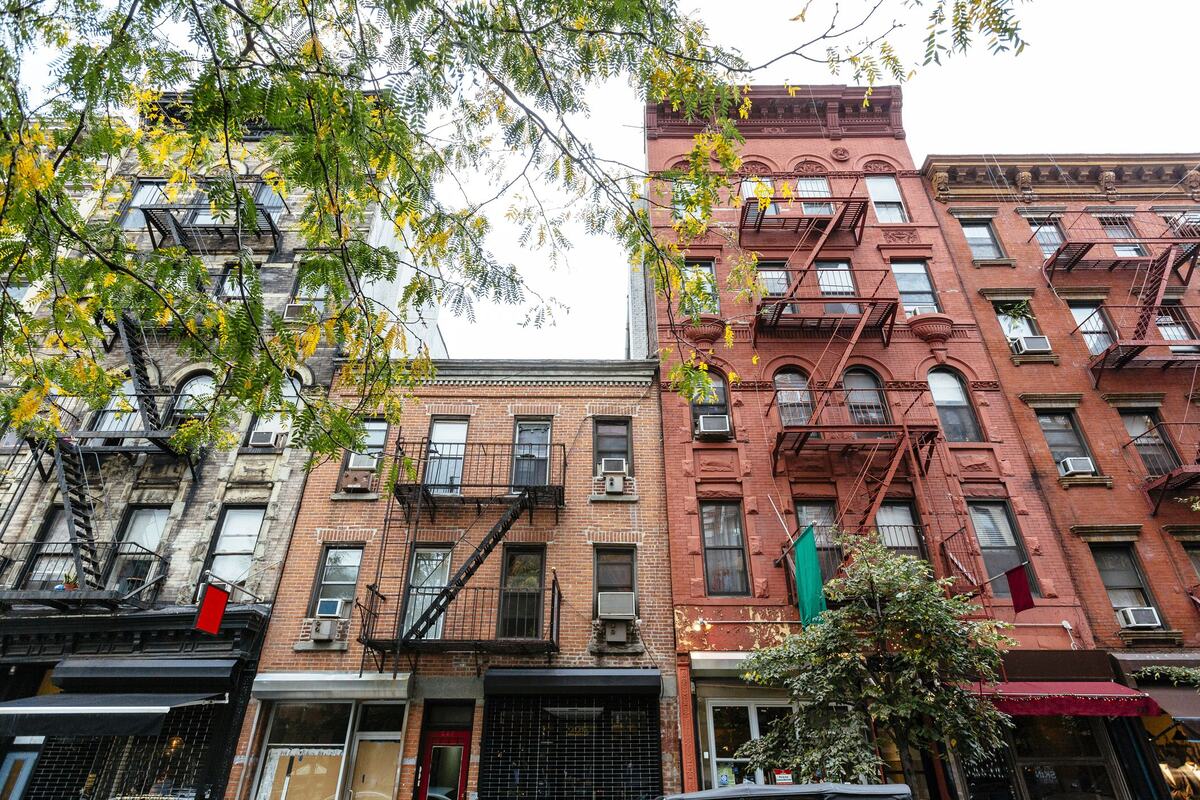
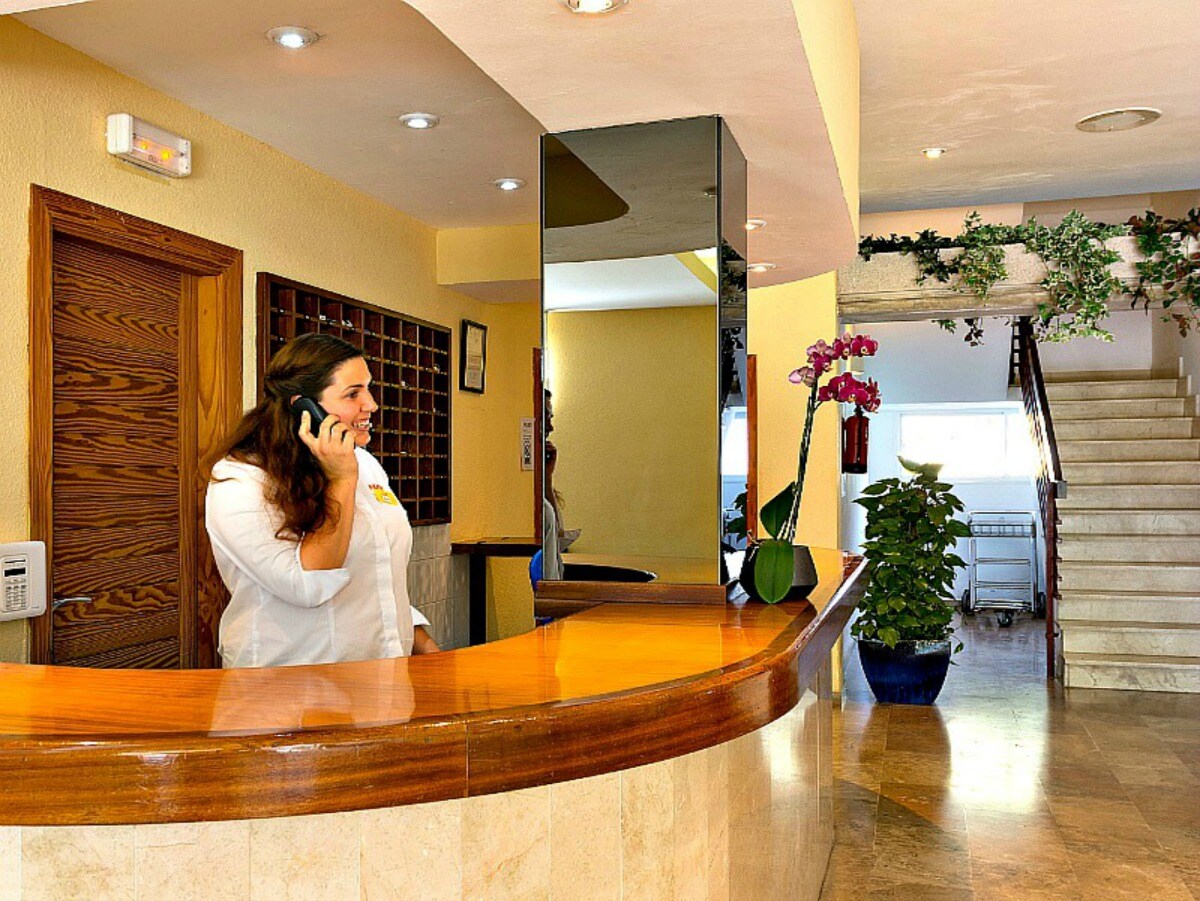
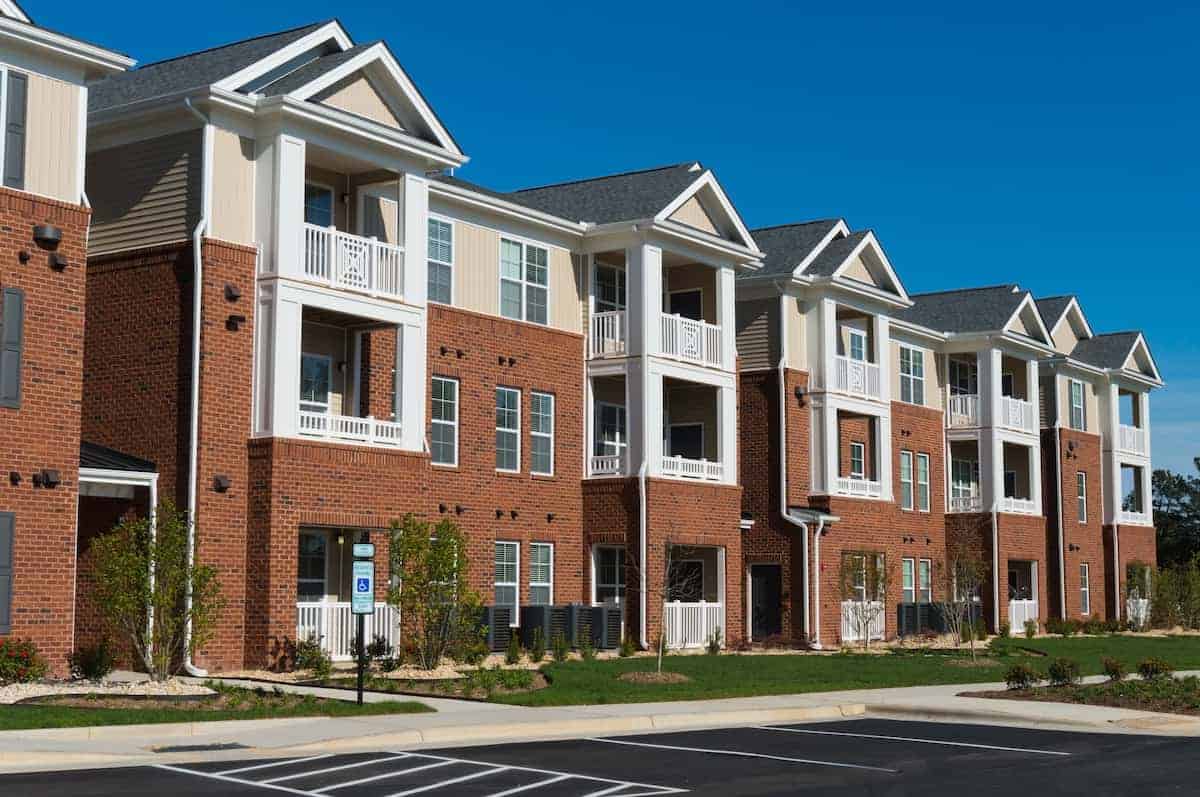
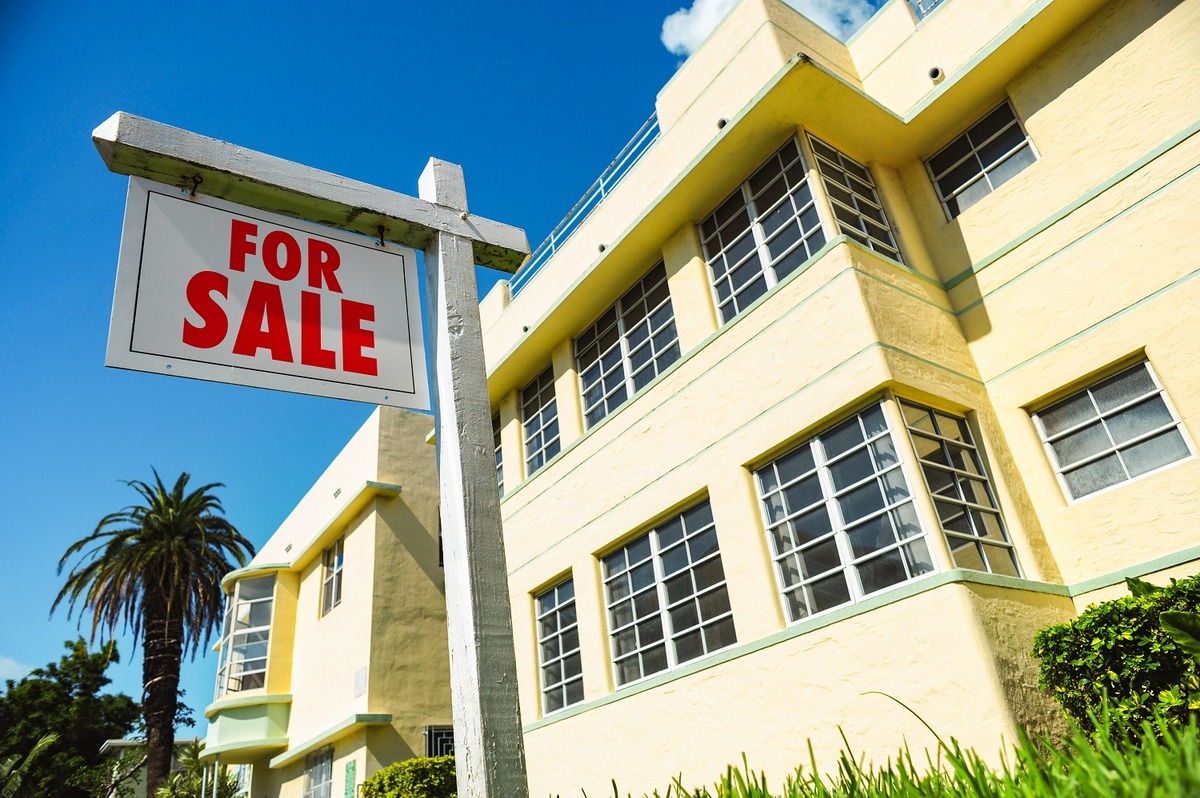
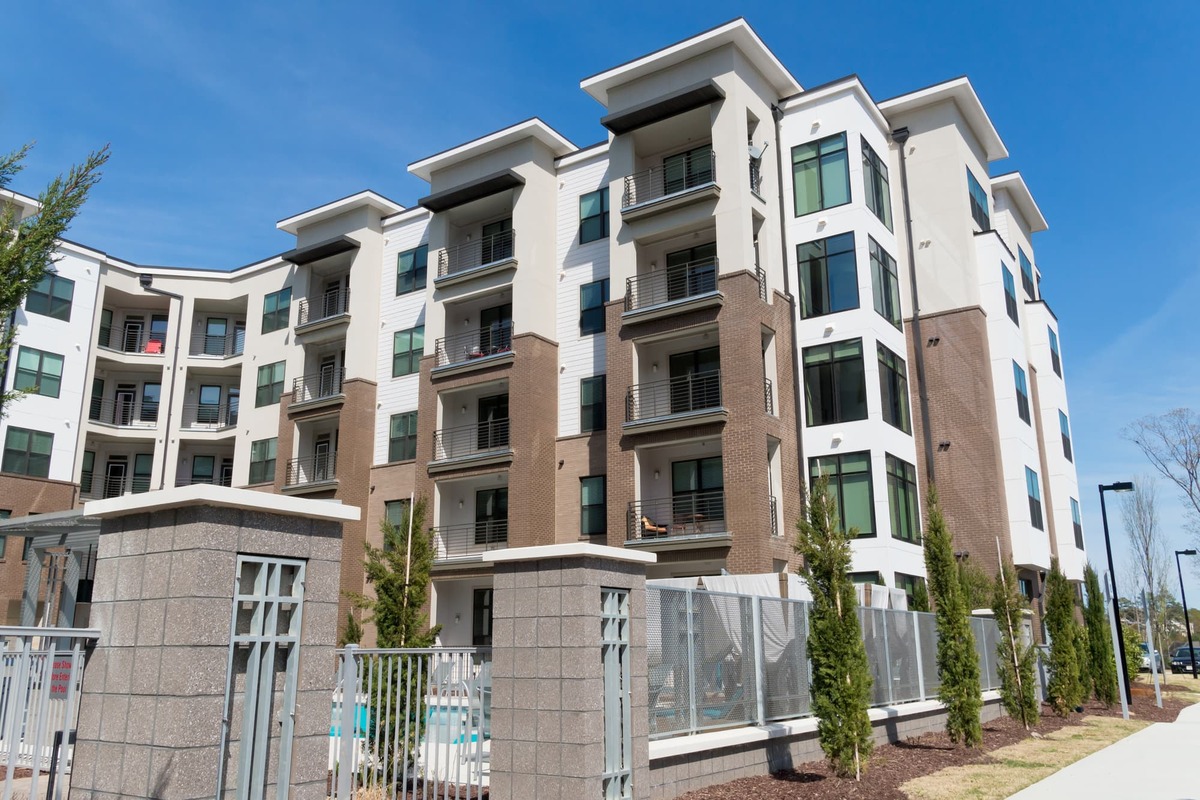
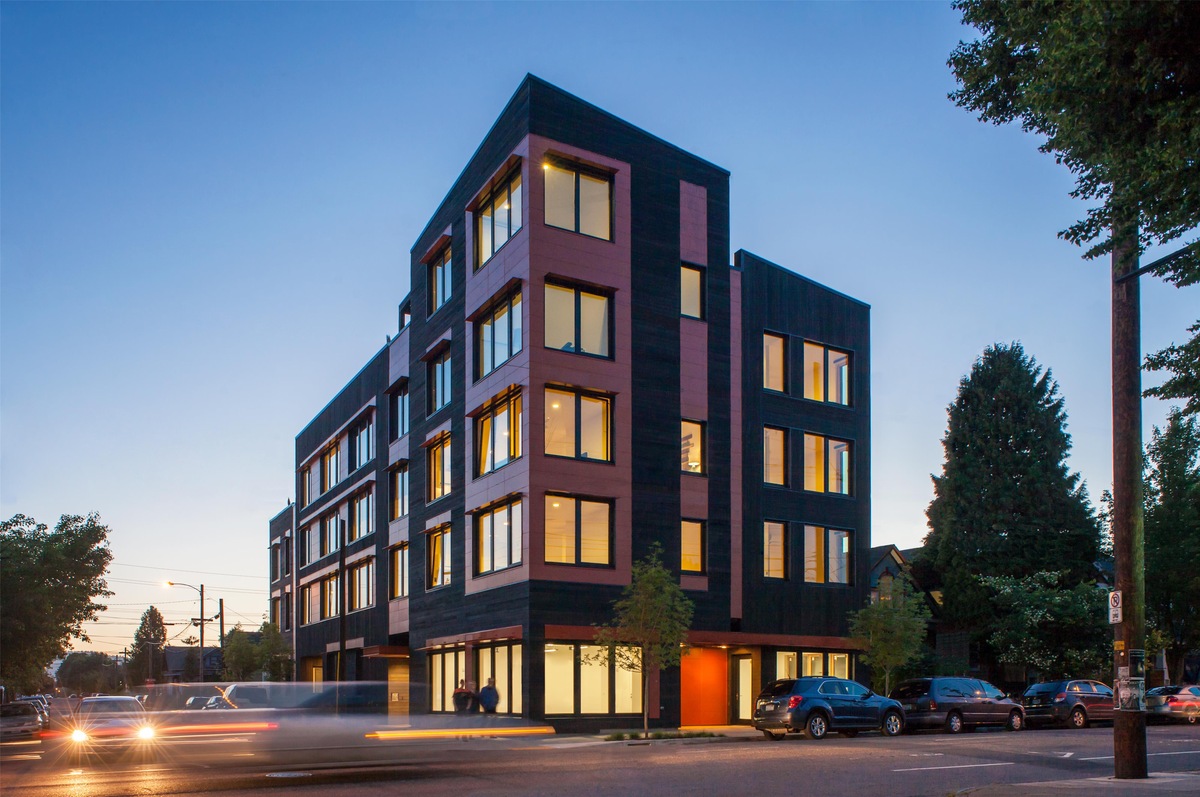
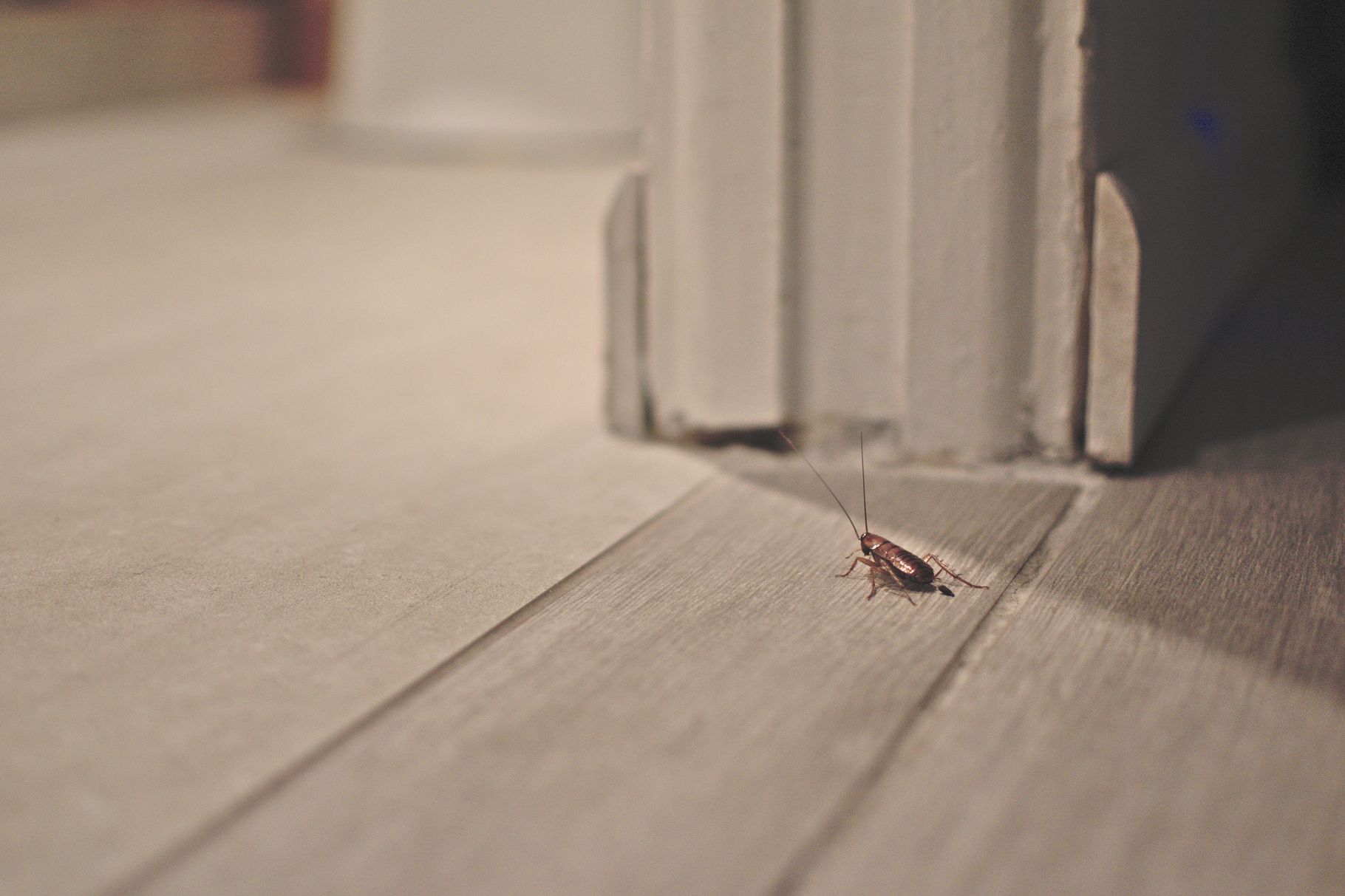
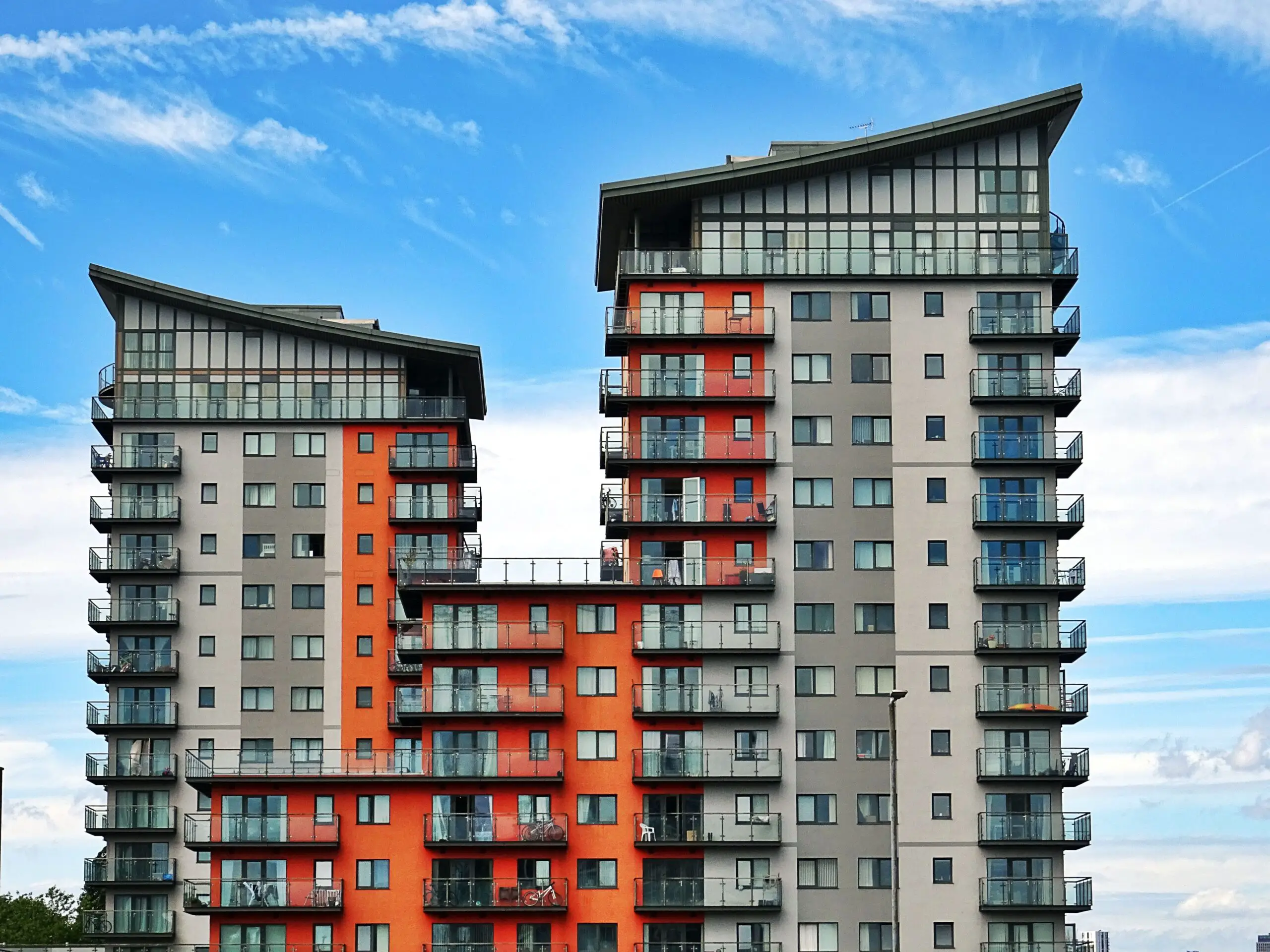
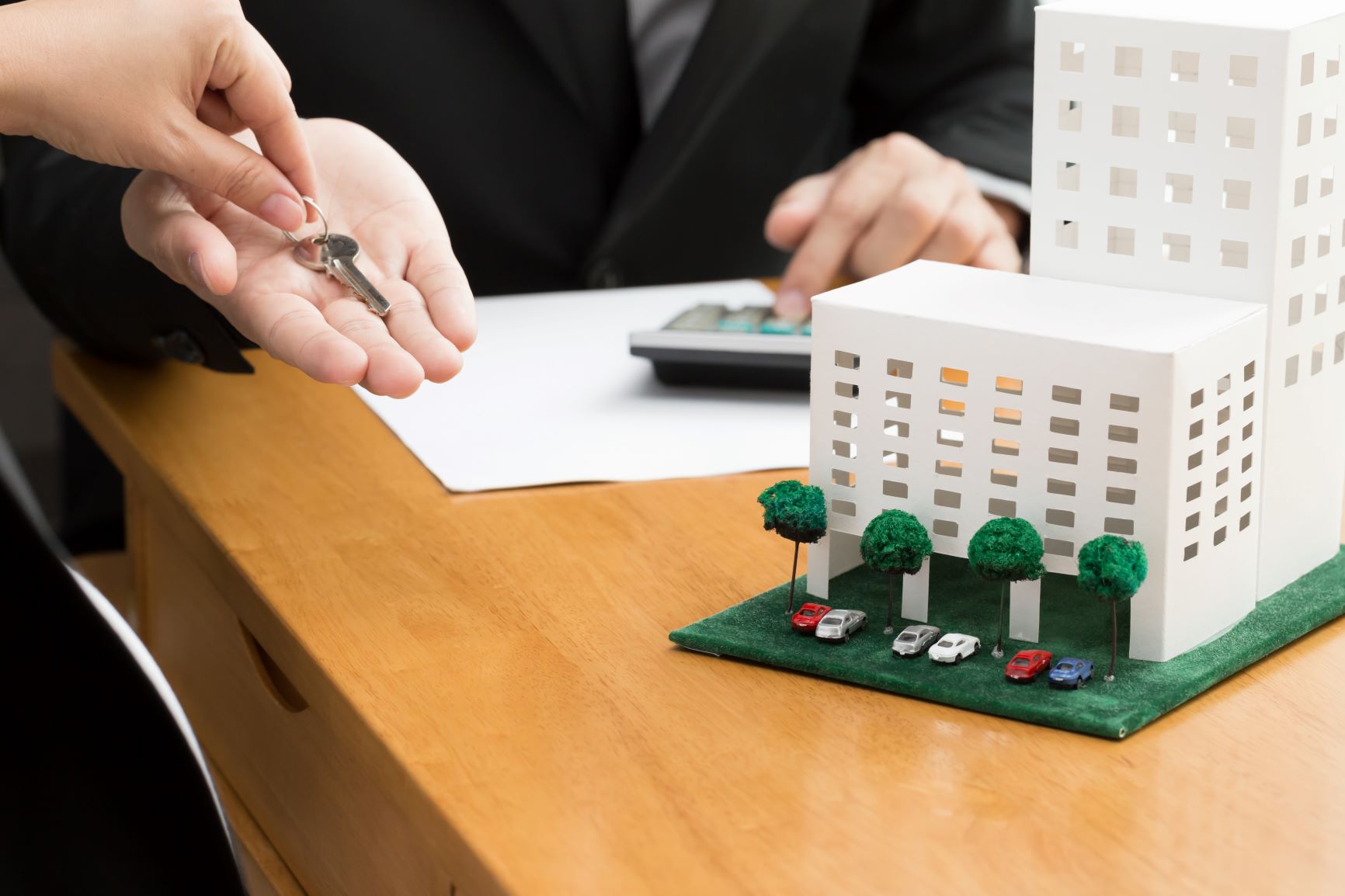
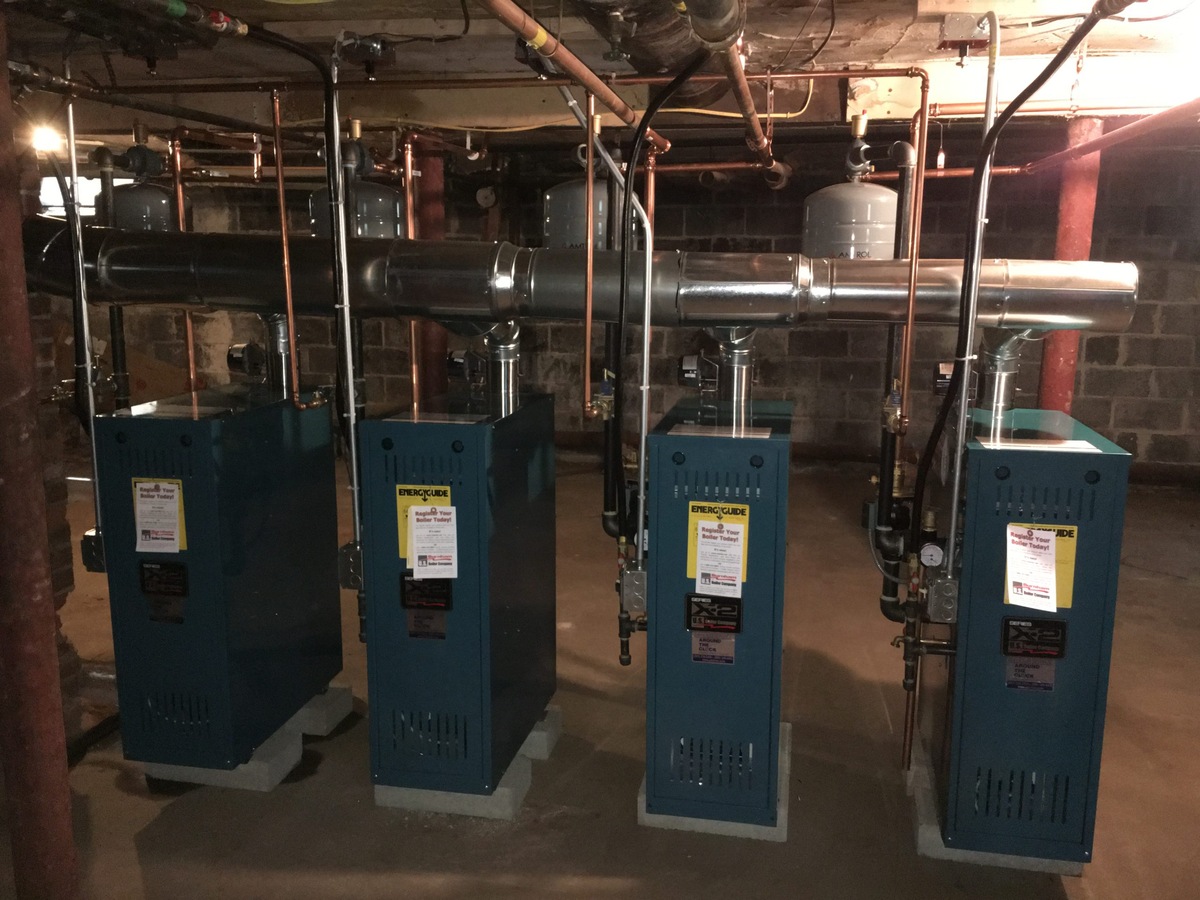
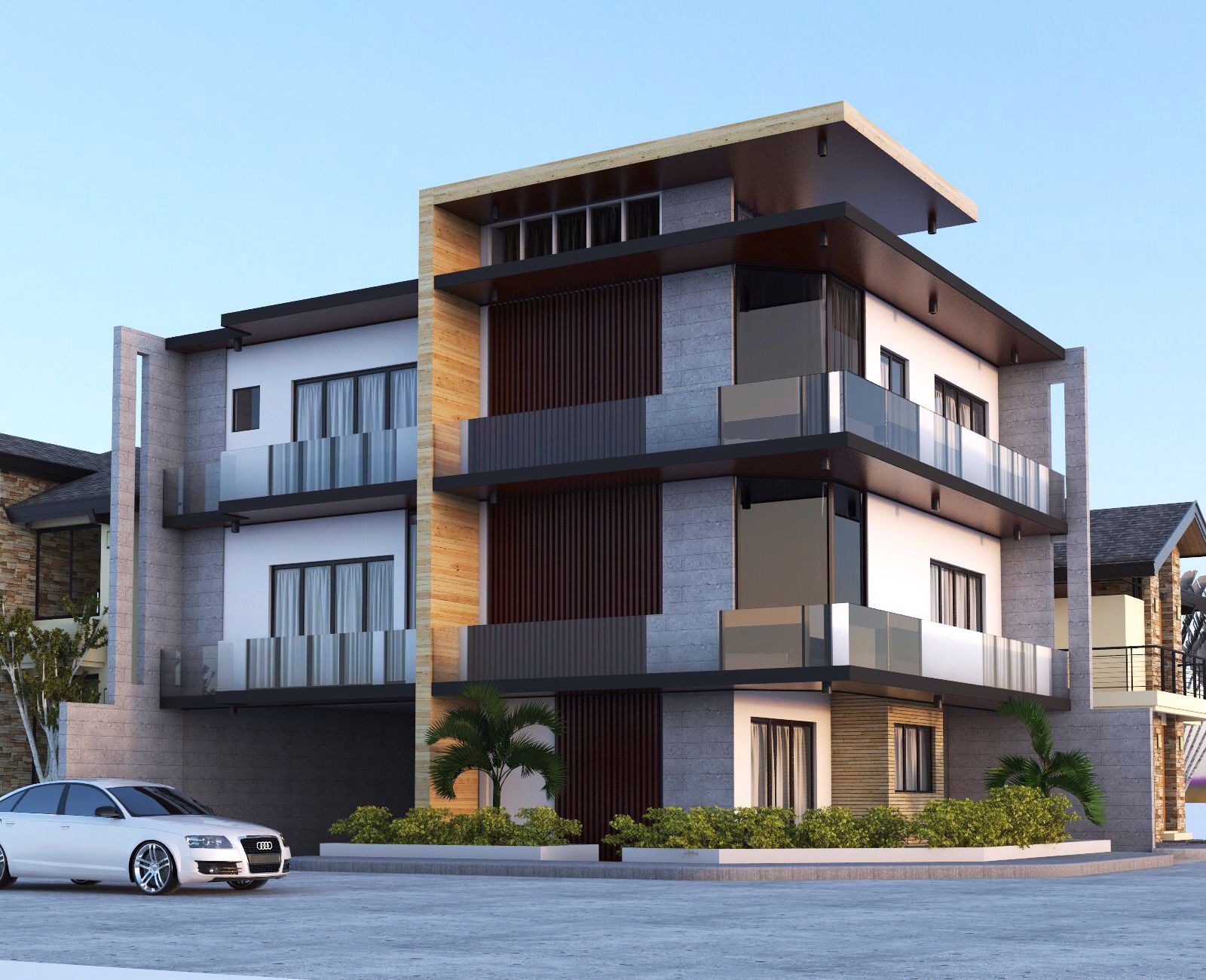
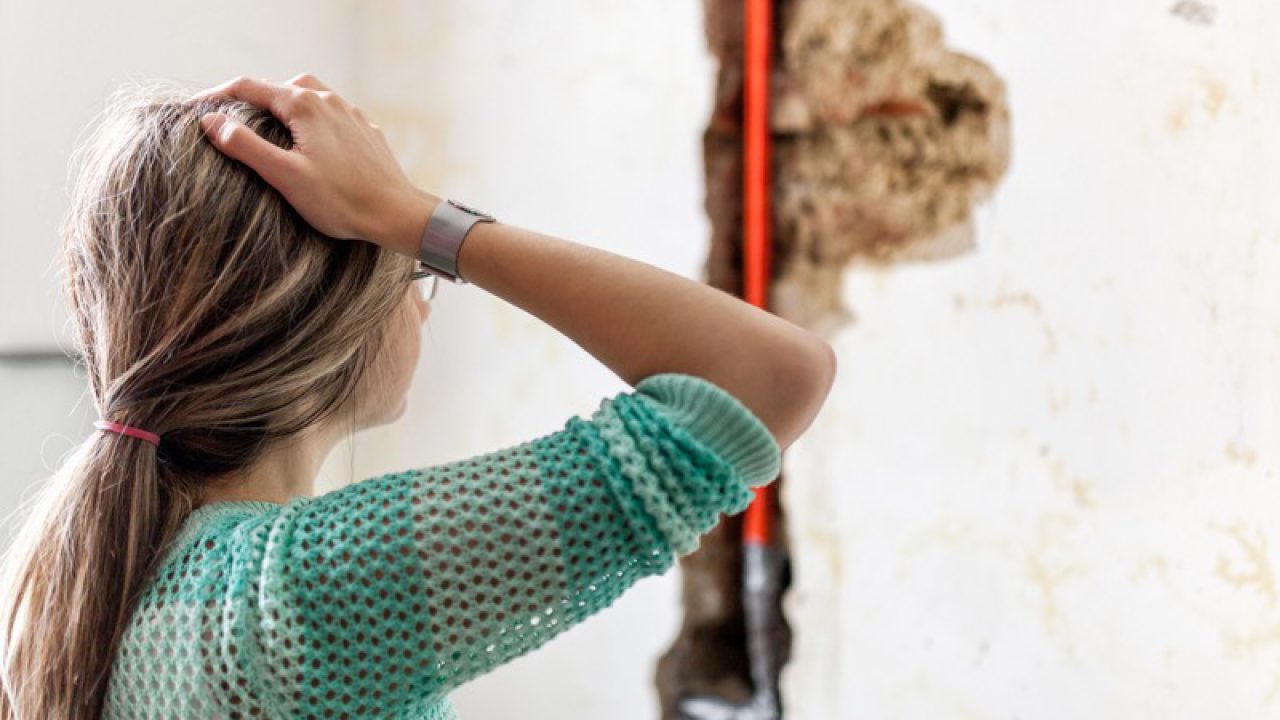

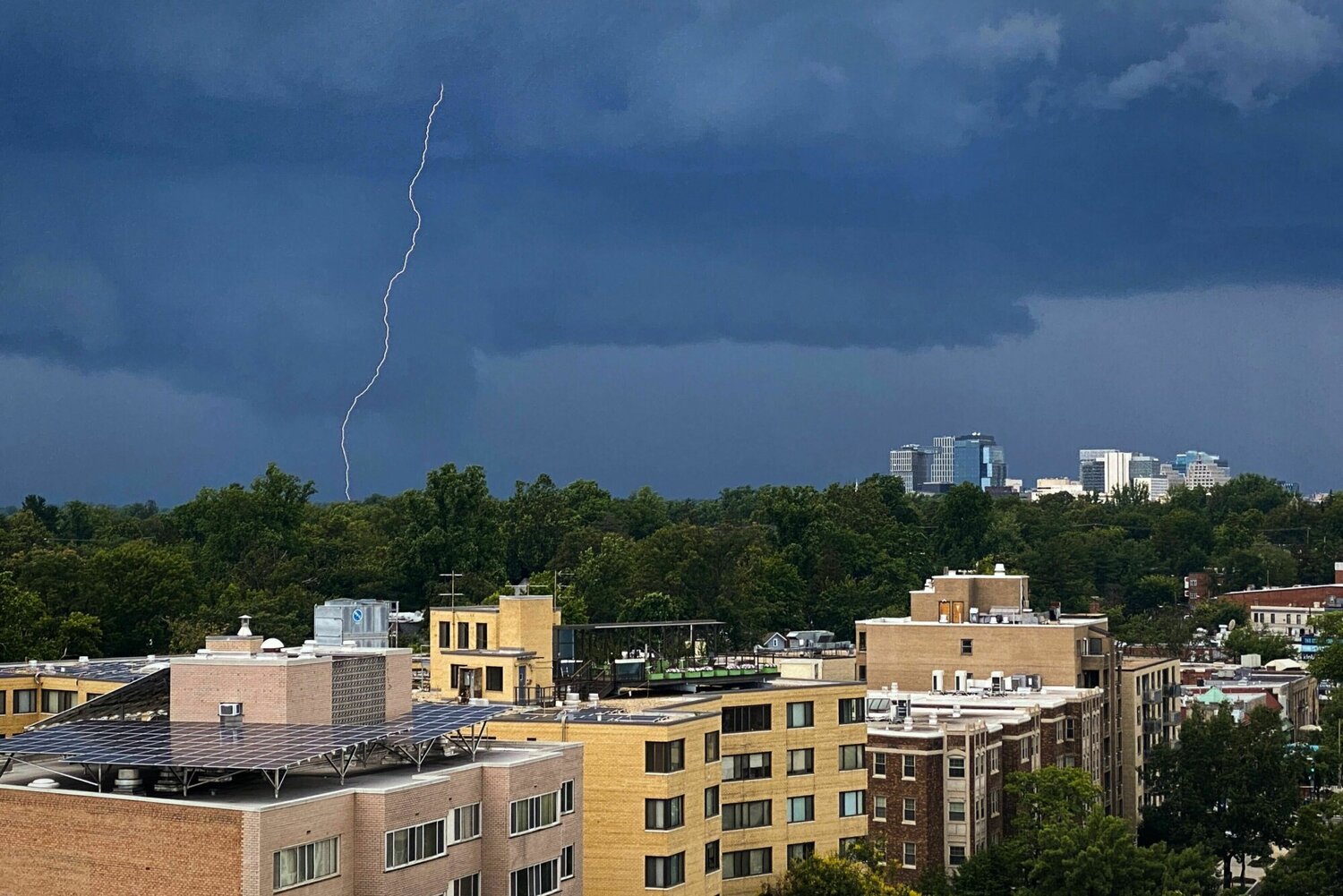

0 thoughts on “How Many Rooms Are In An Apartment Building”